What Is Lemon Bee Balm: Learn About Growing Lemon Mint Plants
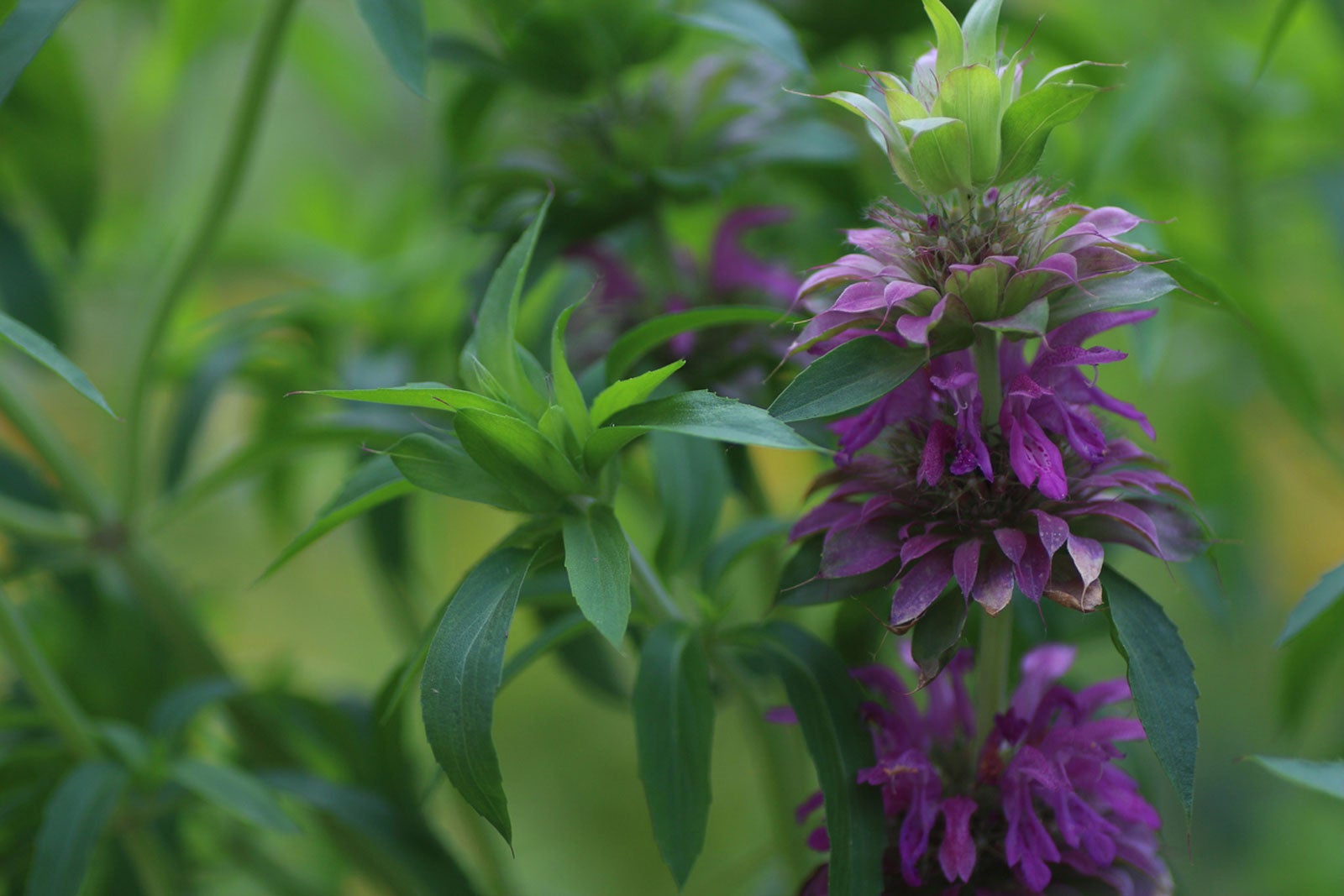

Lemon bee balm, or lemon mint, is distinct from but often confused with lemon balm. It is a U.S. native annual herb with a delightful aroma and culinary uses. Growing lemon mint is easy, as its needs are low. It makes a great addition to a meadow or pollinator garden.
What is Lemon Bee Balm?
Monarda citriodora is a member of the mint family. Some other common names for lemon bee balm plants are purple horsemint, lemon mint, plains horsemint, and horsemint.
Lemon bee balm is an herbaceous annual that is native to the central and southern U.S. and northern Mexico. It’s fairly common along roads and in pastures or prairies in these areas. Lemon mint grows to about 30 inches (76 cm.) and produces tight, spike-shaped clusters of lavender flowers.
Lemon Bee Balm vs. Lemon Balm
Lemon bee balm is often confused with lemon balm, another member of the mint family. Lemon balm is Melissa officinalis and is hardier, growing in slightly colder zones of the U.S. It grows in a large clump up to 3 feet (91 cm.) wide and 2 feet tall (61 cm.). The flowers are spiky, pale yellow clusters.
Lemon Bee Balm Uses
There are several good reasons to grow lemon bee balm plants in your garden. Many gardeners choose this plant for its ability to attract pollinators and for its delightful, lemony aroma. As an herb, it also has some culinary uses. The leaves add a lemon flavor to cooked foods, salads, and teas. They can also be used in potpourri mixes.
Lemon Bee Balm Care
Growing lemon mint is easy. This herb tolerates poor and rocky soils and actually prefers soil that is sandy or with limestone. It will need full sun to thrive, although it can tolerate a little shade. Once established, watering requirements are low. Lemon bee balm can get by in dry soils.
Although it is an annual, it will readily propagate by seed. If you leave flowers in place, this plant will spread. In fact, it can overrun areas of your garden, just like mint, where conditions are optimal. If you are starting from seed, simply rake the seeds into the soil in early spring or in fall in warmer climates.
Gardening tips, videos, info and more delivered right to your inbox!
Sign up for the Gardening Know How newsletter today and receive a free copy of our e-book "How to Grow Delicious Tomatoes".

Mary Ellen Ellis has been gardening for over 20 years. With degrees in Chemistry and Biology, Mary Ellen's specialties are flowers, native plants, and herbs.
-
 Looking For Plants To Give You The Soft And Fuzzies? Try These 5 Fuzzy Leaf Plant Options
Looking For Plants To Give You The Soft And Fuzzies? Try These 5 Fuzzy Leaf Plant OptionsLovers of texture, drama, silver foliage and tactile plants will adore these special sensory garden additions. These fuzzy leaf plant options will leave you all aglow
By Susan Albert
-
 Get Ready For A Summer Of Hummers! Grow These Full Sun Hummingbird Plants and Flowers
Get Ready For A Summer Of Hummers! Grow These Full Sun Hummingbird Plants and FlowersIf you’re lucky enough to enjoy a sunny backyard, make sure you are maxing out on your pollinator opportunities and grow these full sun hummingbird plants and flowers
By Tonya Barnett
-
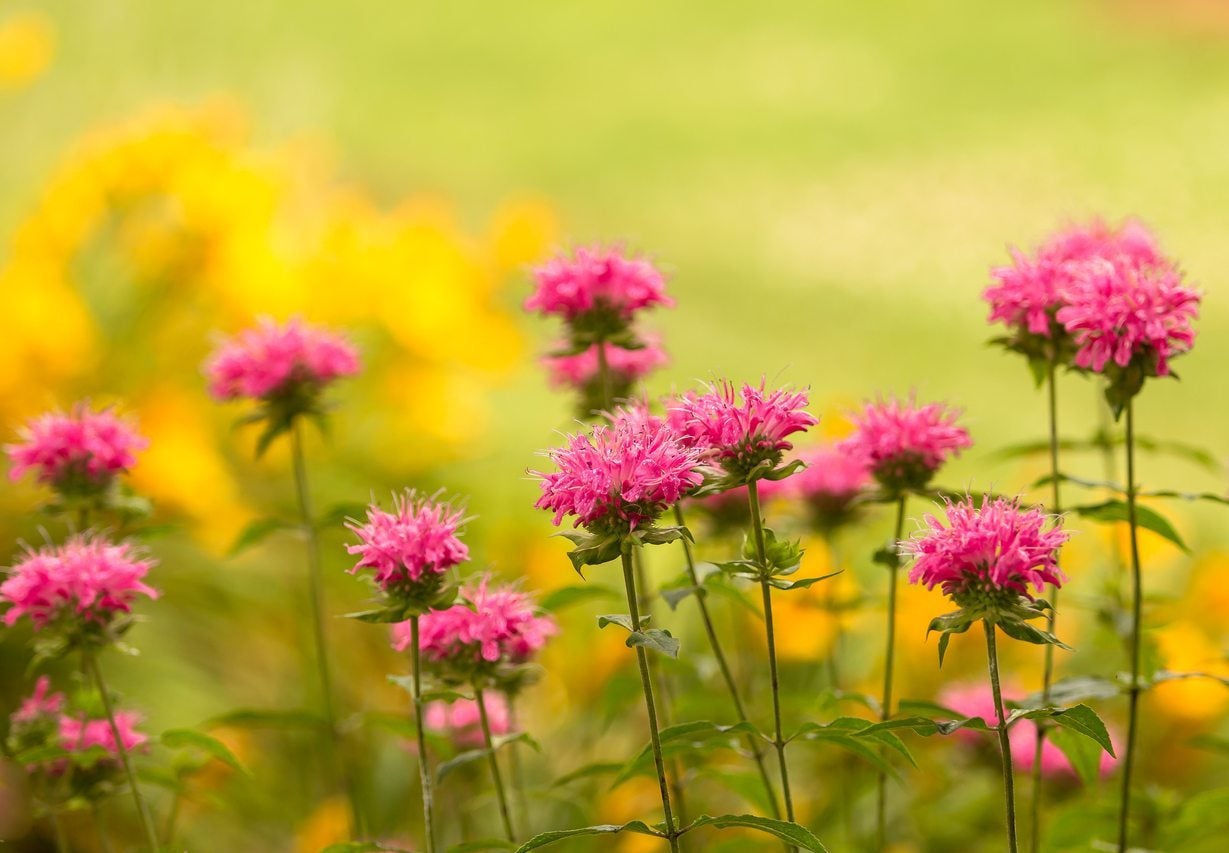 Bee Balm Not Blooming: Why Won’t My Bee Balm Flower
Bee Balm Not Blooming: Why Won’t My Bee Balm FlowerWith its beautiful, unique looking flowers, bee balm attracts pollinators and delights gardeners. It can even be brewed into tea. It's for all these reasons that it can be a real downer when your bee balm doesn't bloom. Learn more about what to do in this article.
By Liz Baessler
-
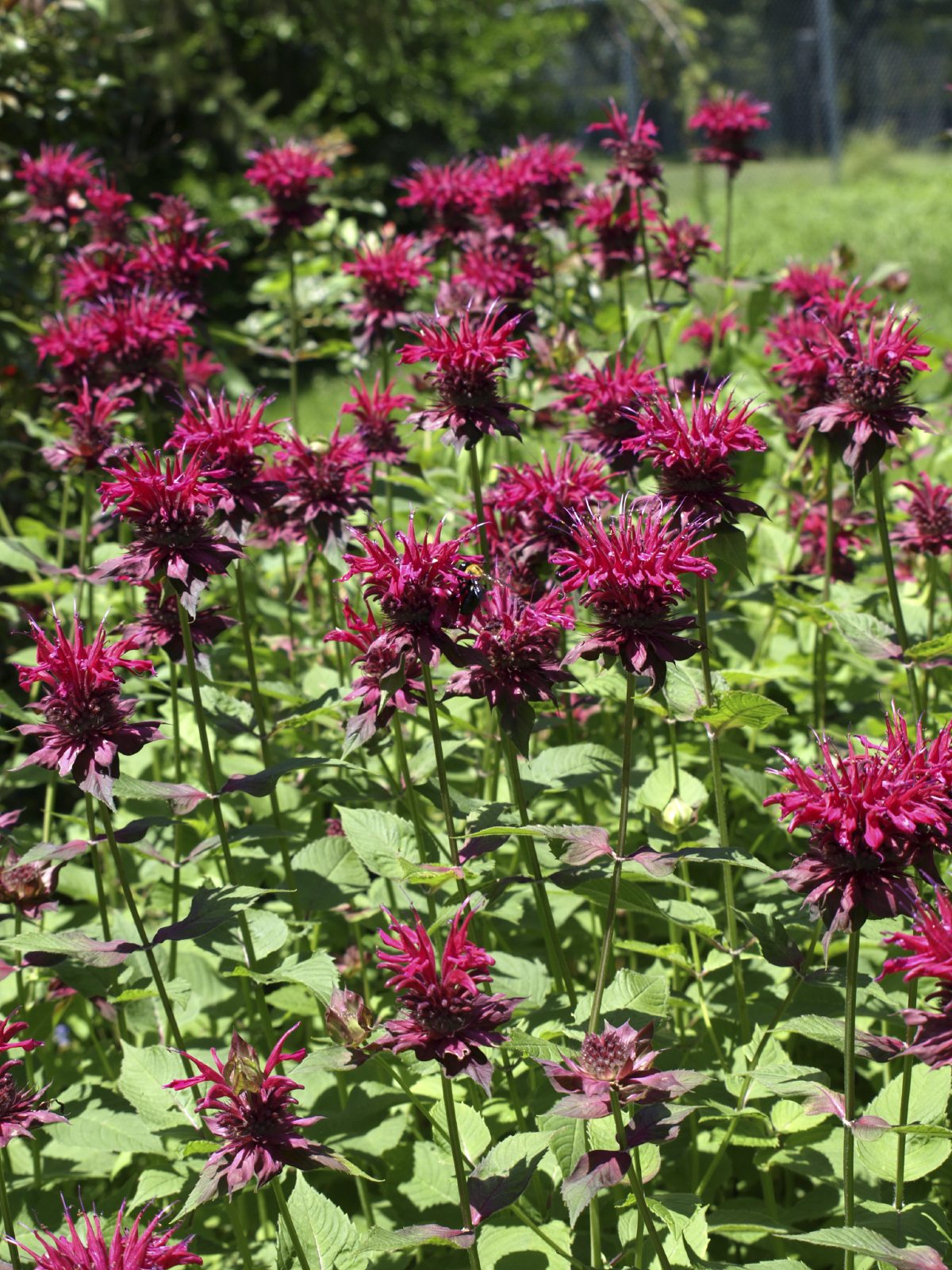 Is Bee Balm Invasive: Tips On Controlling Monarda Plants
Is Bee Balm Invasive: Tips On Controlling Monarda PlantsBee balm is prized for its color and its tendency to attract bees and butterflies. It can spread quickly, though, and requires a bit of care to keep it under control. Learn more about how to manage bee balm plants in this article.
By Liz Baessler
-
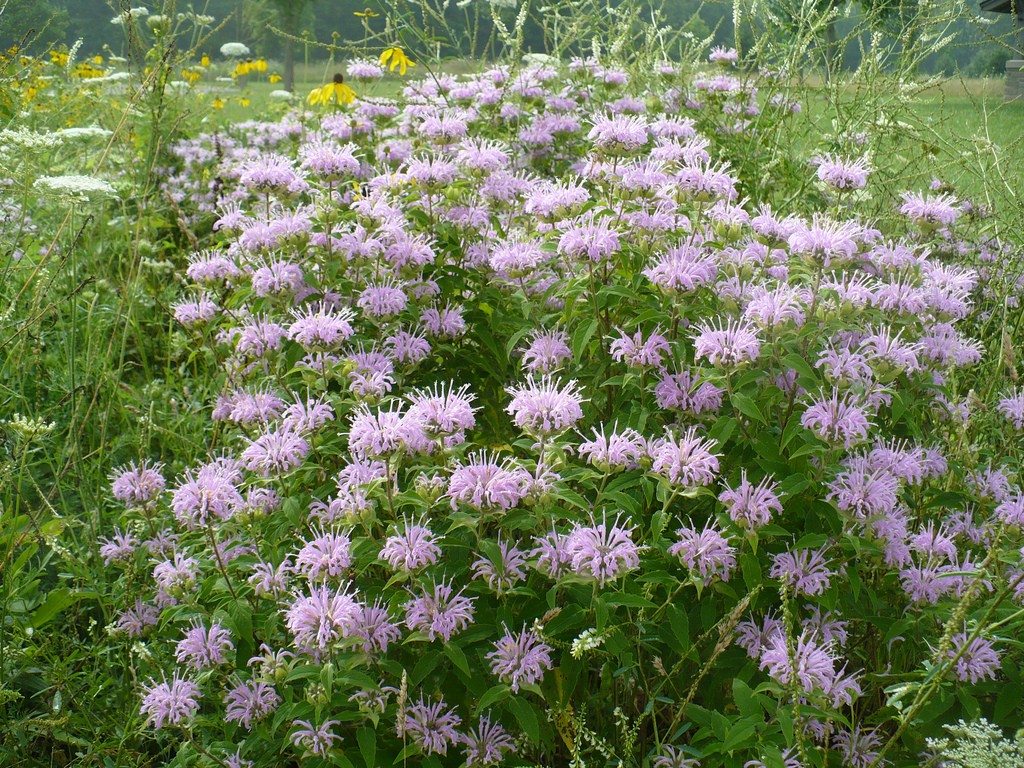 Propagating Bee Balm Plants: How To Propagate Bergamot Seeds, Cuttings, And Divisions
Propagating Bee Balm Plants: How To Propagate Bergamot Seeds, Cuttings, And DivisionsPropagating bee balm plants is a great way to keep them in the garden year after year or to share them with others. Find out how to propagate these plants in this article.
By Jackie Carroll
-
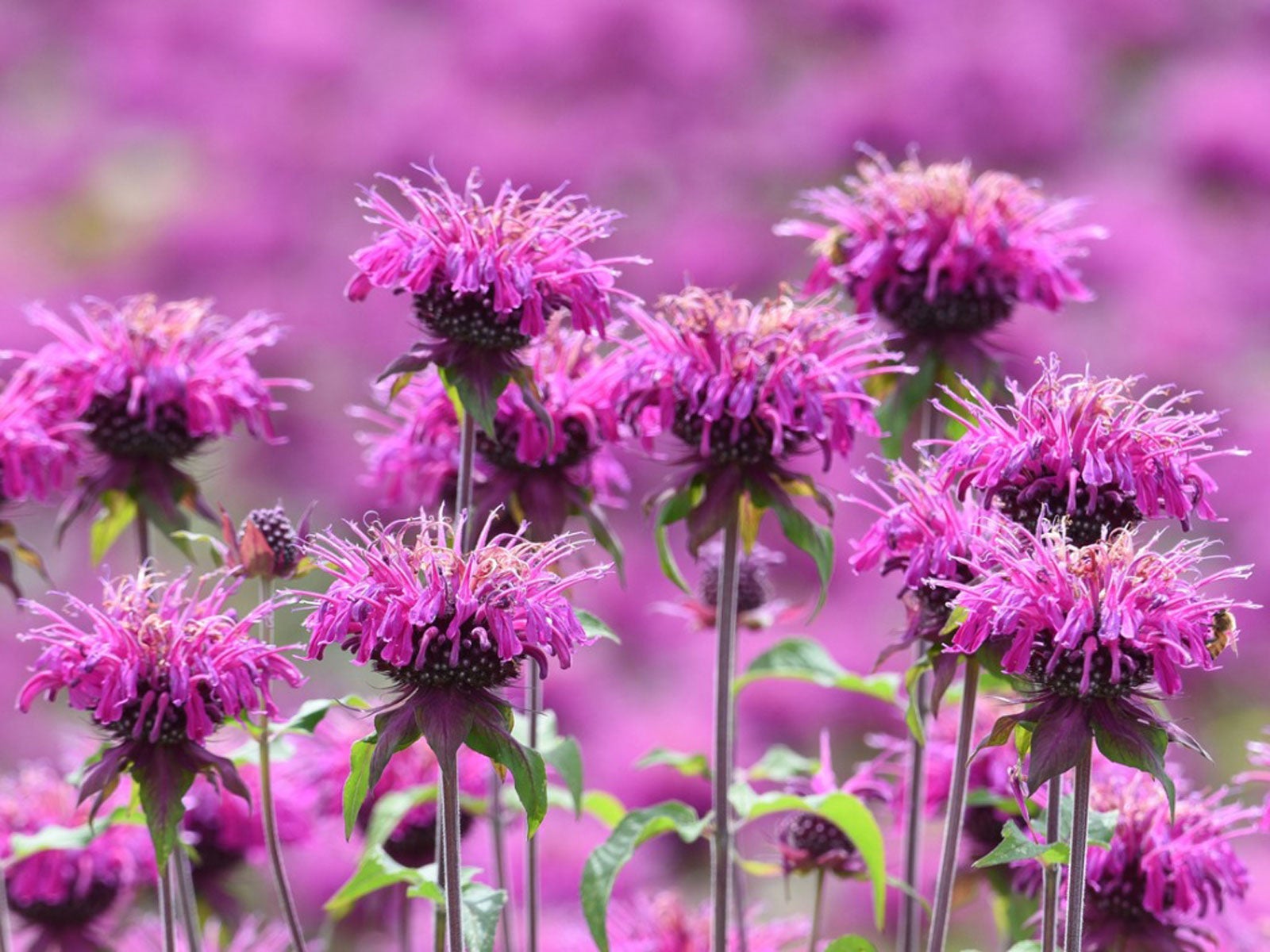 Bee Balm Flower Plant - How To Plant Bee Balm And Bee Balm Care
Bee Balm Flower Plant - How To Plant Bee Balm And Bee Balm CareTrue to its name, bee balm is a magnet for bees and other pollinators. Click here to learn all about this beautiful source of nectar.
By Tonya Barnett